Oxford Ionics reported that the company’s newest chips can provide over twice the performance of previous records.
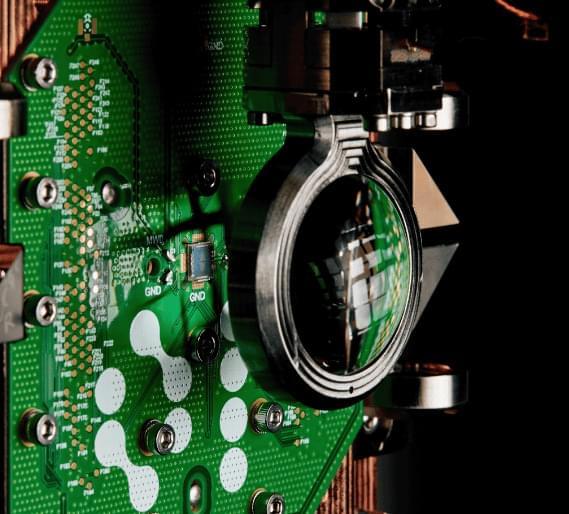

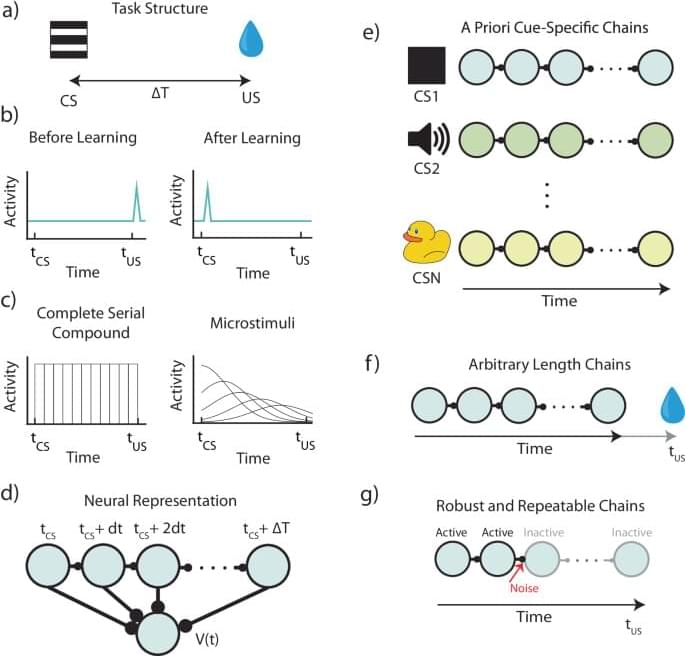
One of the variables in TD algorithms is called reward prediction error (RPE), which is the difference between the discounted predicted reward at the current state and the discounted predicted reward plus the actual reward at the next state. TD learning theory gained traction in neuroscience once it was demonstrated that firing patterns of dopaminergic neurons in the ventral tegmental area (VTA) during reinforcement learning resemble RPE5,9,10.
Implementations of TD using computer algorithms are straightforward, but are more complex when they are mapped onto plausible neural machinery11,12,13. Current implementations of neural TD assume a set of temporal basis-functions13,14, which are activated by external cues. For this assumption to hold, each possible external cue must activate a separate set of basis-functions, and these basis-functions must tile all possible learnable intervals between stimulus and reward.
In this paper, we argue that these assumptions are unscalable and therefore implausible from a fundamental conceptual level, and demonstrate that some predictions of such algorithms are inconsistent with various established experimental results. Instead, we propose that temporal basis functions used by the brain are themselves learned. We call this theoretical framework: Flexibly Learned Errors in Expected Reward, or FLEX for short. We also propose a biophysically plausible implementation of FLEX, as a proof-of-concept model. We show that key predictions of this model are consistent with actual experimental results but are inconsistent with some key predictions of the TD theory.
39,785 views • Jul 12, 2024 • #ASUSCopilotPlusPC #ASUS #Vivobook

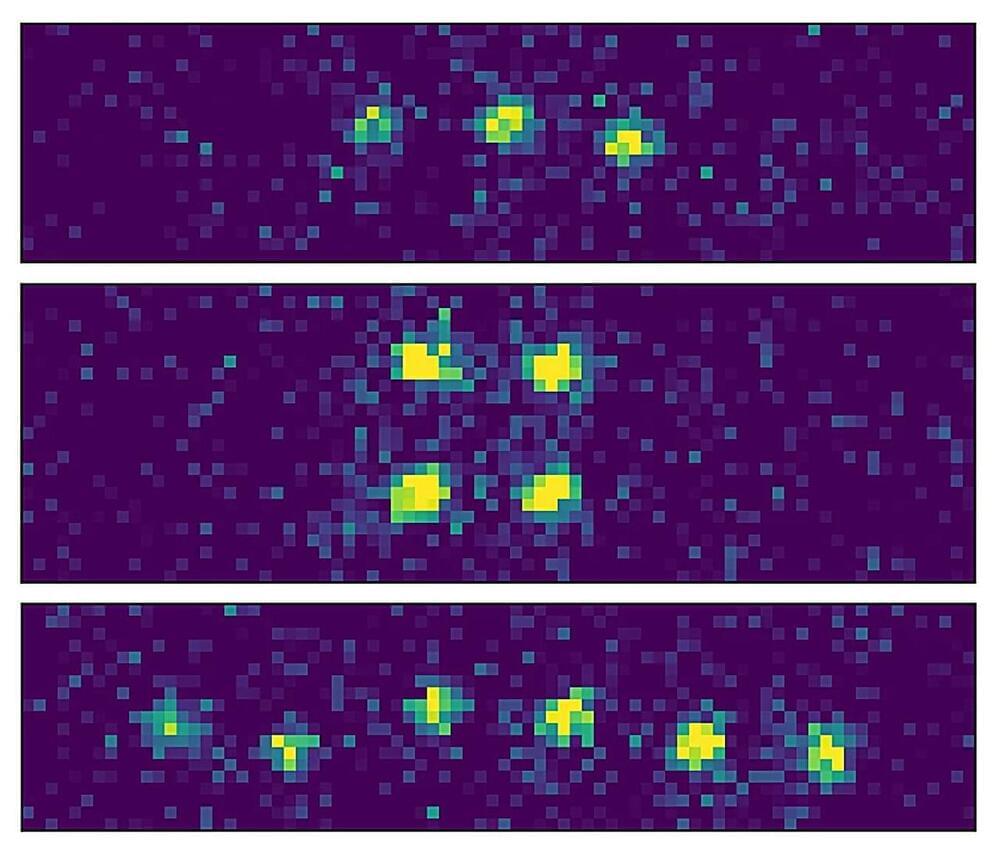
Entanglement, Einstein’s “spooky action at a distance,” today is THE tool of quantum information science. It is the essential resource for quantum computers and used to transmit quantum information in a future quantum network. But it is highly sensitive. It is therefore an enormous challenge to entangle resting quantum bits (qubits) with flying qubits in the form of photons “at the push of a button.”
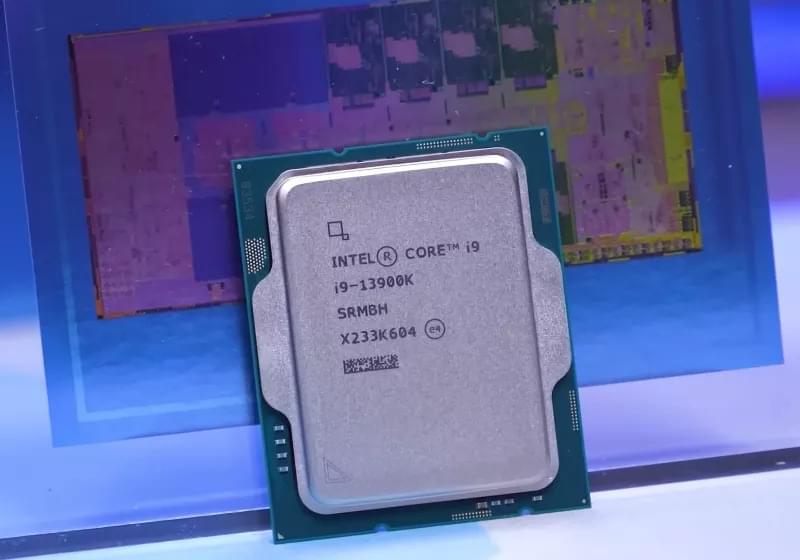
Facepalm: Crashes experienced by customers owning recent high-end Intel processors aren’t just software or BIOS-related issues. Alderon Games founder Matthew Cassells says Chipzilla has made his company’s life much more complicated than it should be. The game developer has experienced considerable Intel CPU problems, including crashes, instability, and memory corruption.
The number of people and organizations forced to experience crashes and general instability on Intel’s latest CPU models keeps growing. Now, a game developer is blatantly pointing the finger at the Santa Clara corporation and its alleged “defective” products.
“Despite all released microcode, BIOS, and firmware updates, the problem remains unresolved,” Cassells said.
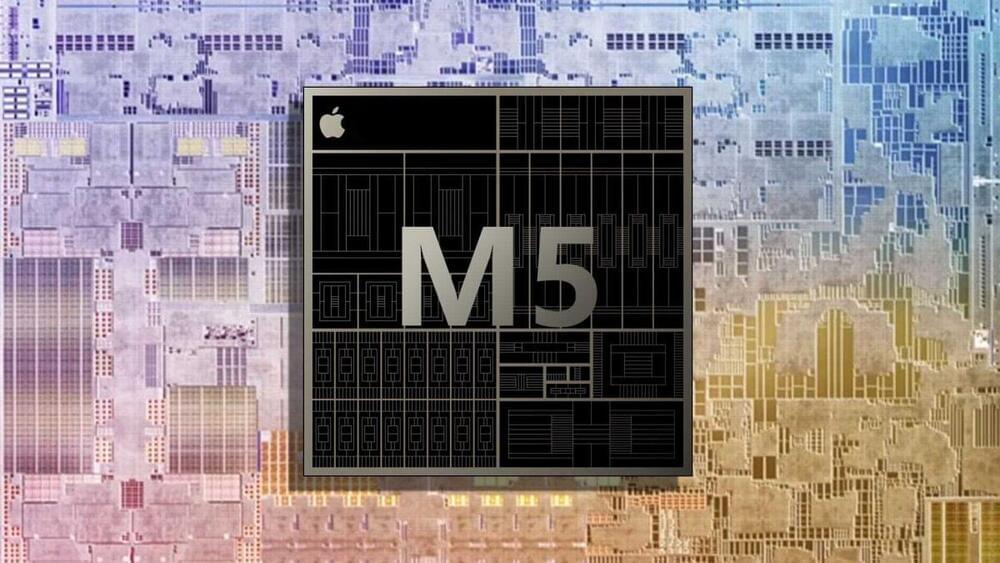
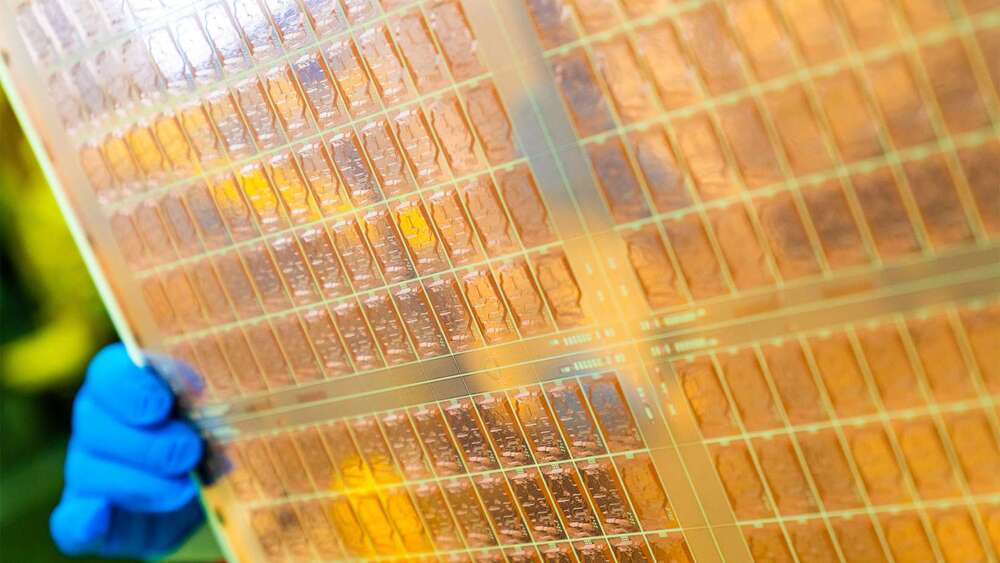
AMD is reportedly planning to develop Glass Substrate chips as early as 2025 as Intel & Samsung eye mass production for post-2025.
Glass Substrates Are Expected To Be The Next Big Thing For The Tech Industry, Intel & Samsung Eye Towards Establishing Their Production While AMD Aims Chip Development As Early As 2025
Glass substrates are used in packaging solutions to replace organic materials. They have numerous benefits, such as higher packaging strength, which ensures more extended durability & reliability, and a higher interconnected density since glass is usually much thinner than organic material. This allows the integration of multiple transistors into a single pack. It is said to overcome flaws associated with traditional methods and open a new wave of innovation for computing chips employing glass substrates.
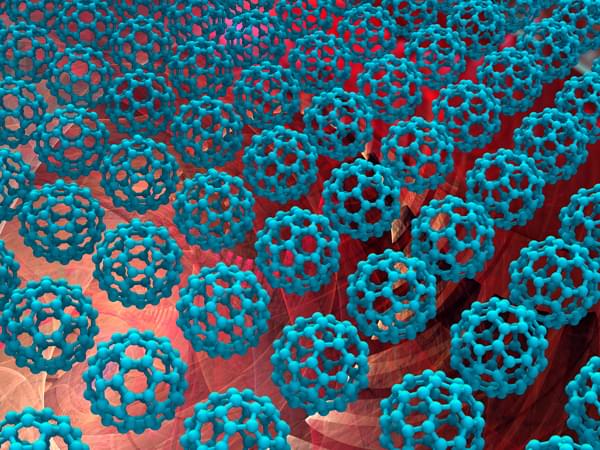
RIKEN chemists have developed a molecule that enhances the performance of organic electronic devices and is also more stable than previous alternatives, raising the chances that it could be used in industrial manufacturing processes (Advanced Materials, “A novel n-type molecular dopant with a closed-shell electronic structure applicable to the vacuum-deposition process”).
RIKEN researchers were able to improve the flow of electrons into a layer of buckminsterfullerene (depicted) in an organic electronic device by using a new dopant called DP7. (© Laguna Design/Science Photo Library)
Conventional electronic devices are made from hard semiconductors such as silicon, but increasingly organic semiconductor molecules are appearing in devices such as televisions and cell-phone displays that use organic light-emitting diodes (OLEDs).
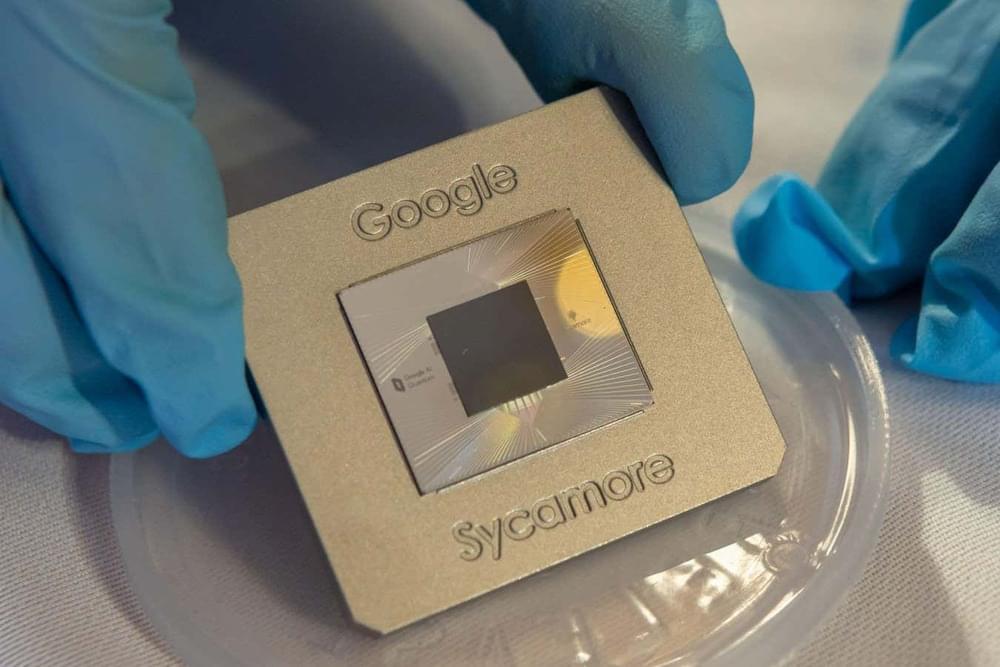
Google’s Sycamore quantum computer was the first to demonstrate quantum supremacy – solving calculations that would be unfeasible on a classical computer – but now ordinary machines have pulled ahead again.